This Week At Angama #13
4 May 2018 | This Week at Angama | Tyler Davis
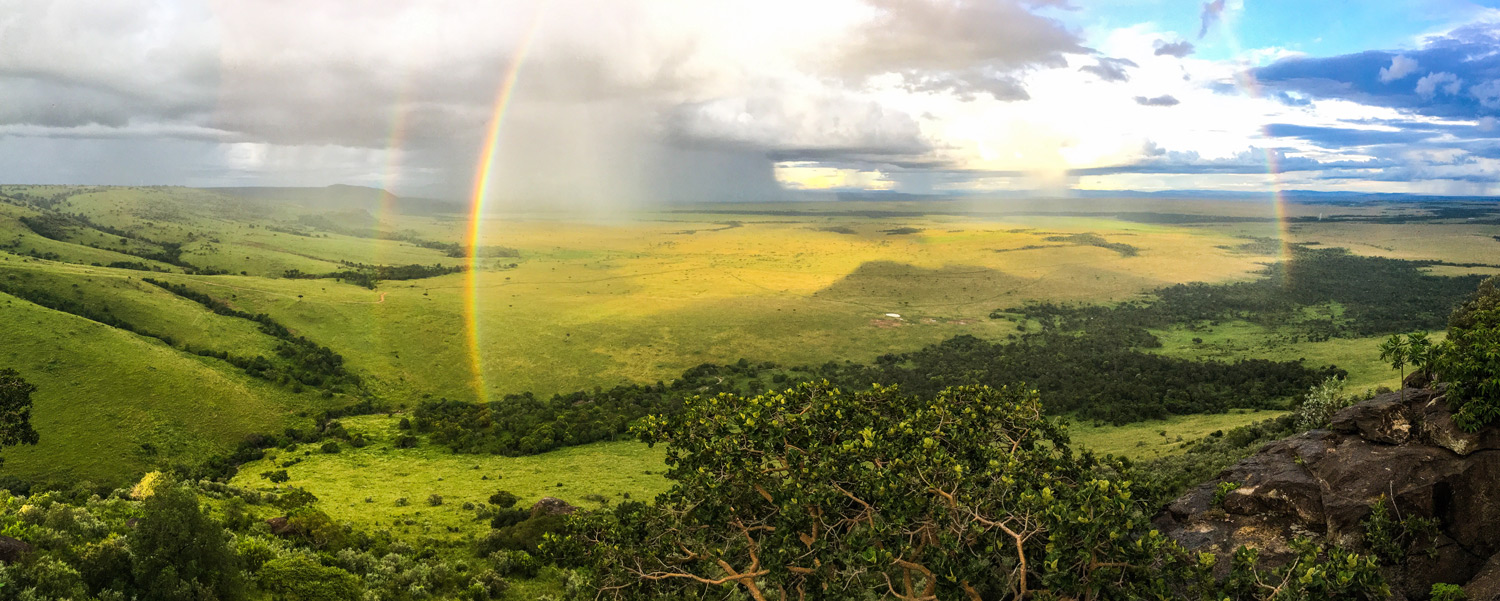
Don’t be fooled by the term “long rains.” That farming phrase refers to the length of the season, not the amount of time it rains each day – and that means we, as photographers, have more days to enjoy verdant scenery, contented wildlife, and dynamic afternoon weather before the dry season sets in. This week was no exception, as afternoon rains created dramatic backdrops and landscapes (like the photo above, taken with my iPhone SE from North Camp), and brought some of the aquatic characters within easier reach than normal. As there is never a dull moment on safari this time of year we schedule our annual Guide Training in this season – it’s all happening with something to see, learn about, and photograph everywhere you look.
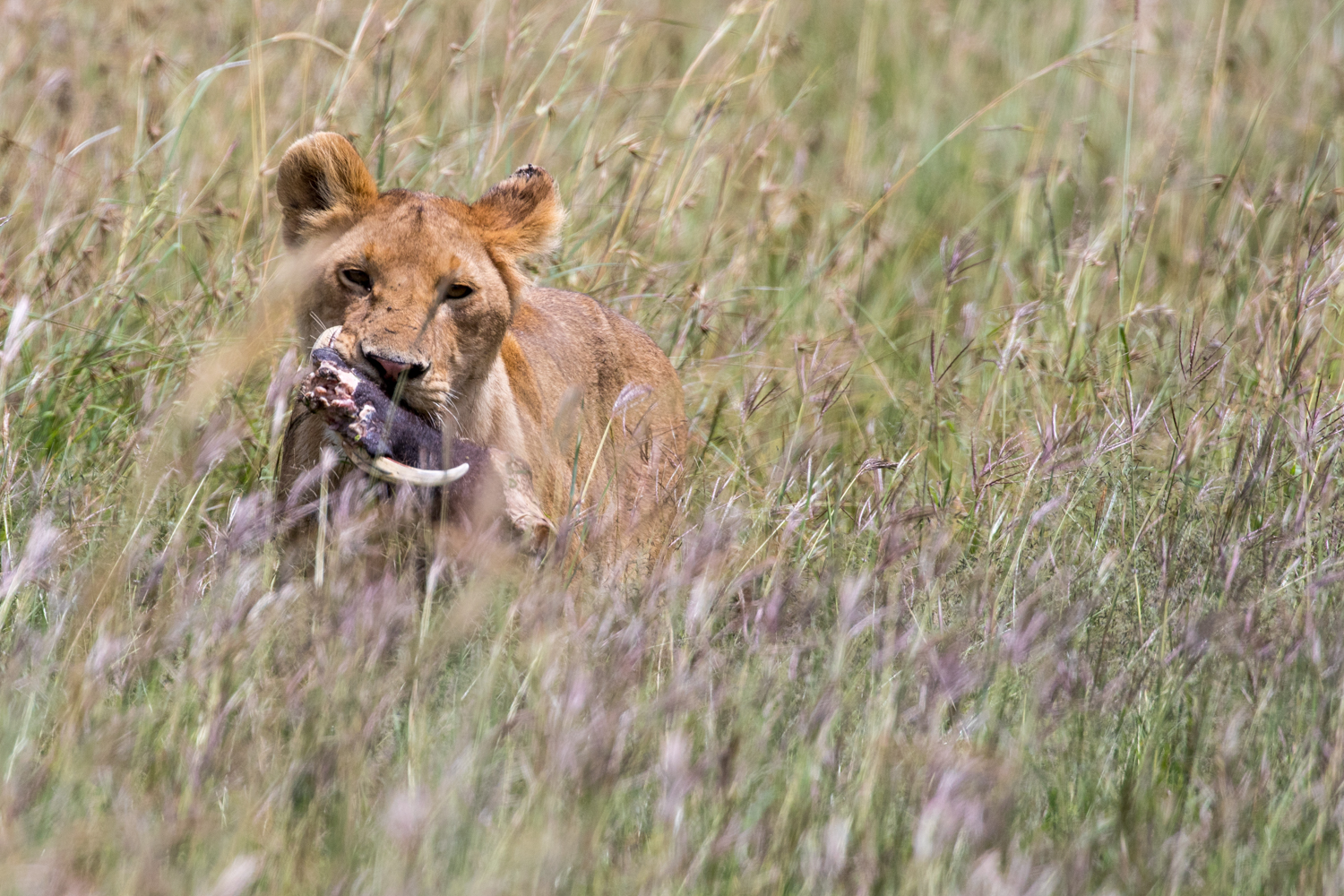
While this truly is the “photographers’ season,” it’s not without its challenges – namely the long grass. But with a little planning and a little luck, the grass can very much be an integral part of the story of an image. It took quite a few attempts to capture this young male carrying his spoils because focusing through the long grass can be tricky, but once the subject is in focus, the grass plays a significant role in the photograph. [f 5.6, 1/1250, ISO 200]

With overnight rains flooding some streams, we had some intriguing characters making themselves at home in unusual locations. This 4m crocodile was lying straight across the road as we approached one such flooded stream, offering us a fantastic opportunity to study it closely and enjoy some close-range photos. This image is actually a close-up stitched panorama (sadly I just cut off the tail), which I experimented with to bring out more detail. [7 photos stitched together at f 5.6, 1/1250, ISO 200]
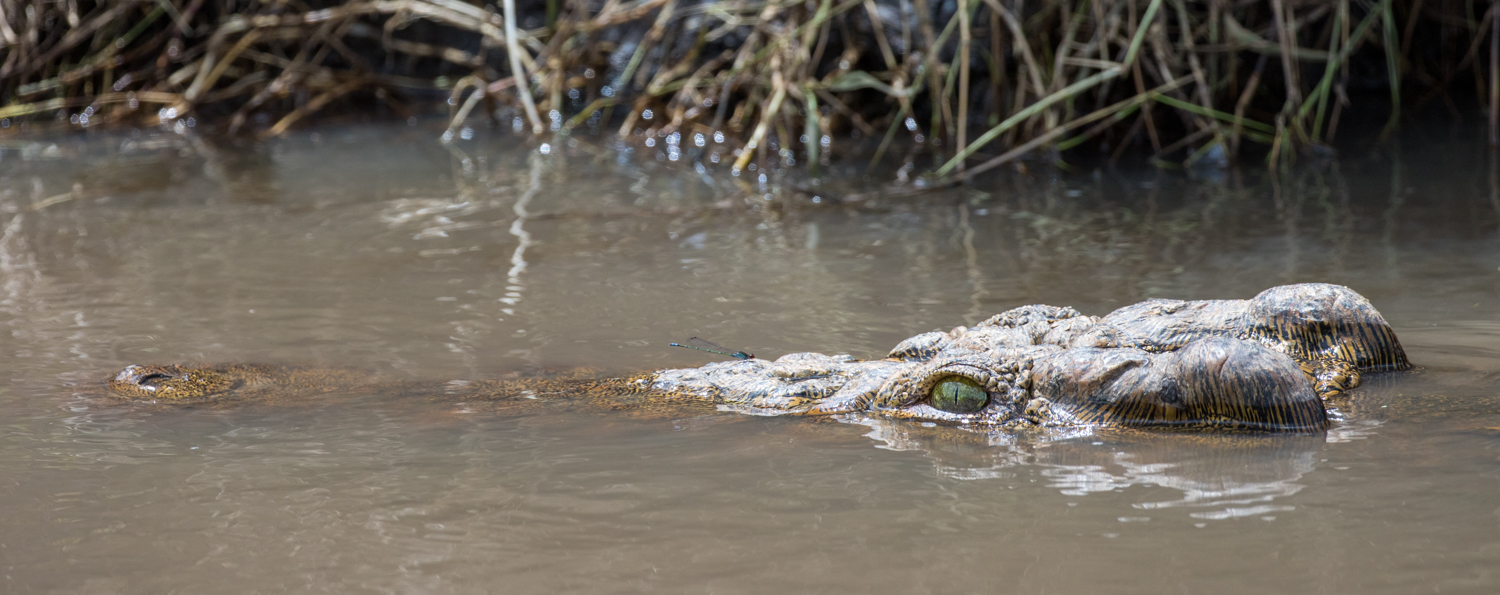
This is the same croc as above after it slid off the road and back into the flooded stream. Look closely and you’ll notice a dragonfly perched on the snout. [f 5.6, 1/1000, ISO 200]
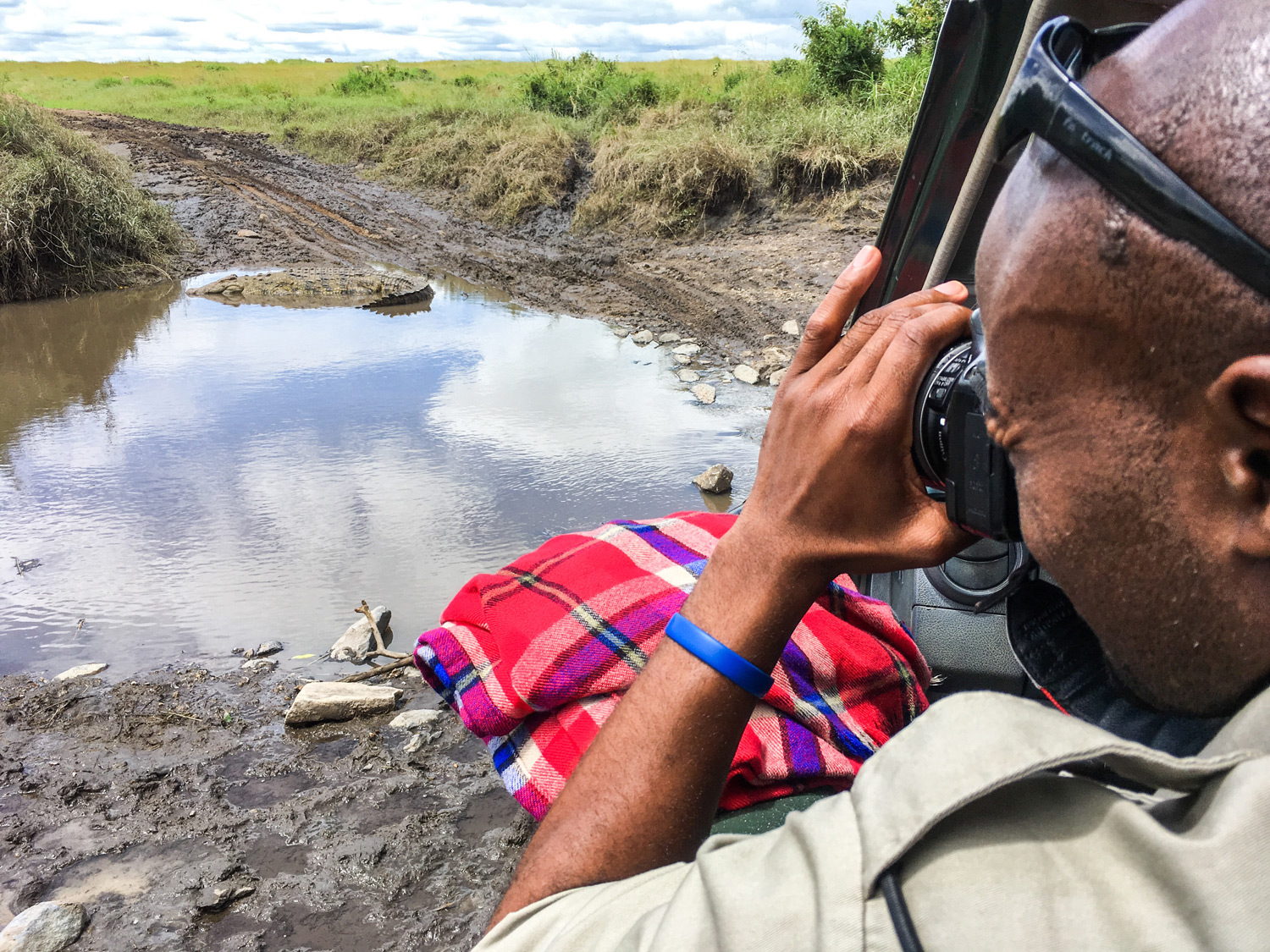
While studying and shooting the crocodile during a guide training drive, I noticed guide Douggy really getting into it with his camera. I saw this as a good opportunity to pull out the trusty iPhone and snap a simple pic capturing the scene. [iPhone SE]

Seeing a big croc so close is unusual, so I grabbed the opportunity to study the scutes on the croc’s back. [f 5.6, 1/1600, ISO 200; converted to B&W in Lightroom]

We got lucky this week with a lovely sighting of a family of five Bat-eared Foxes. Difficult to photograph at the best of times, as they are often quite skittish, this family languidly soaked up the sun’s rays and allowed us the opportunity to capture their adorable expressions. [f 5.6, 1/2000, ISO 200]

We ran across a boar warthog with impressive tusks. I snapped a couple of photos of the warthog on his own, then waited for this shot as I noticed he was slowly lining up with the Grey-crowned Cranes in the foreground. [f 5.6, 1/1600, ISO 200]
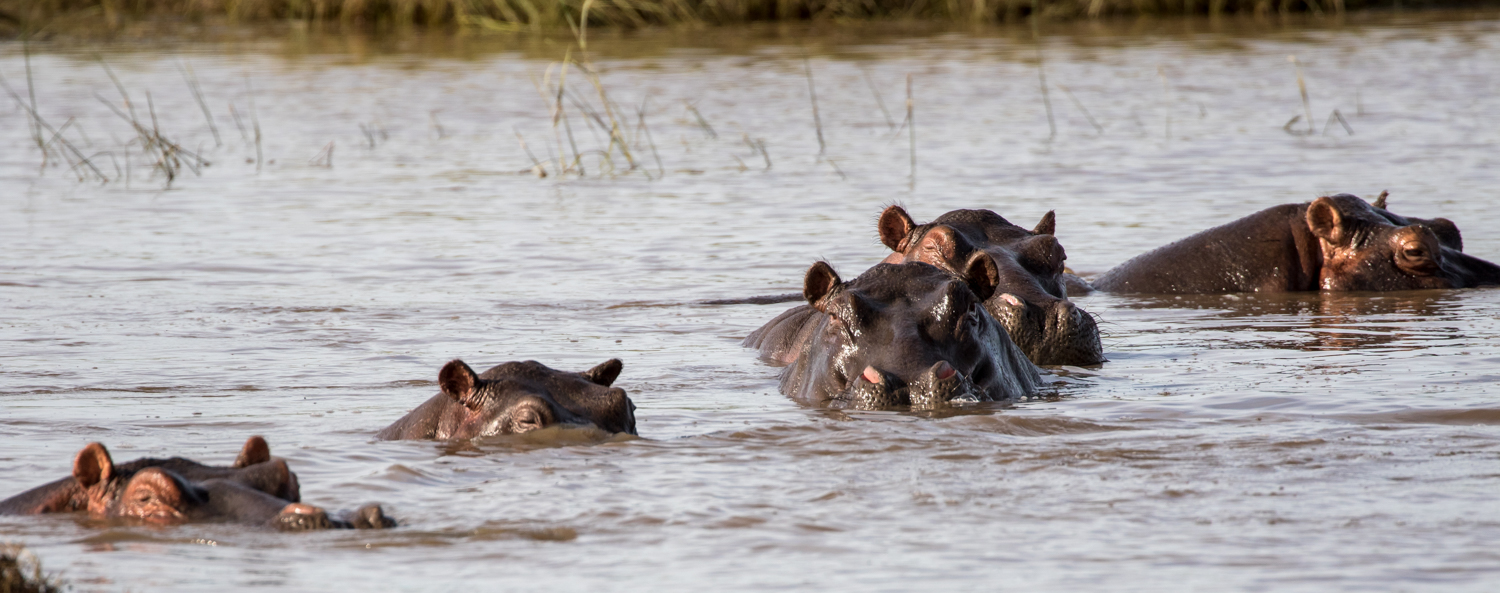
In addition to exceptional crocodile sightings, some flooded luggas also offered fun with hippos. Believe it or not, this pod was actually in the middle of the road at the infamous Muguro Crossing. Getting low for hippo photography can be difficult in the Mara, except for a couple locations, and this is one of them (at the right time of year). [f 5.6, 1/1250, ISO 200]
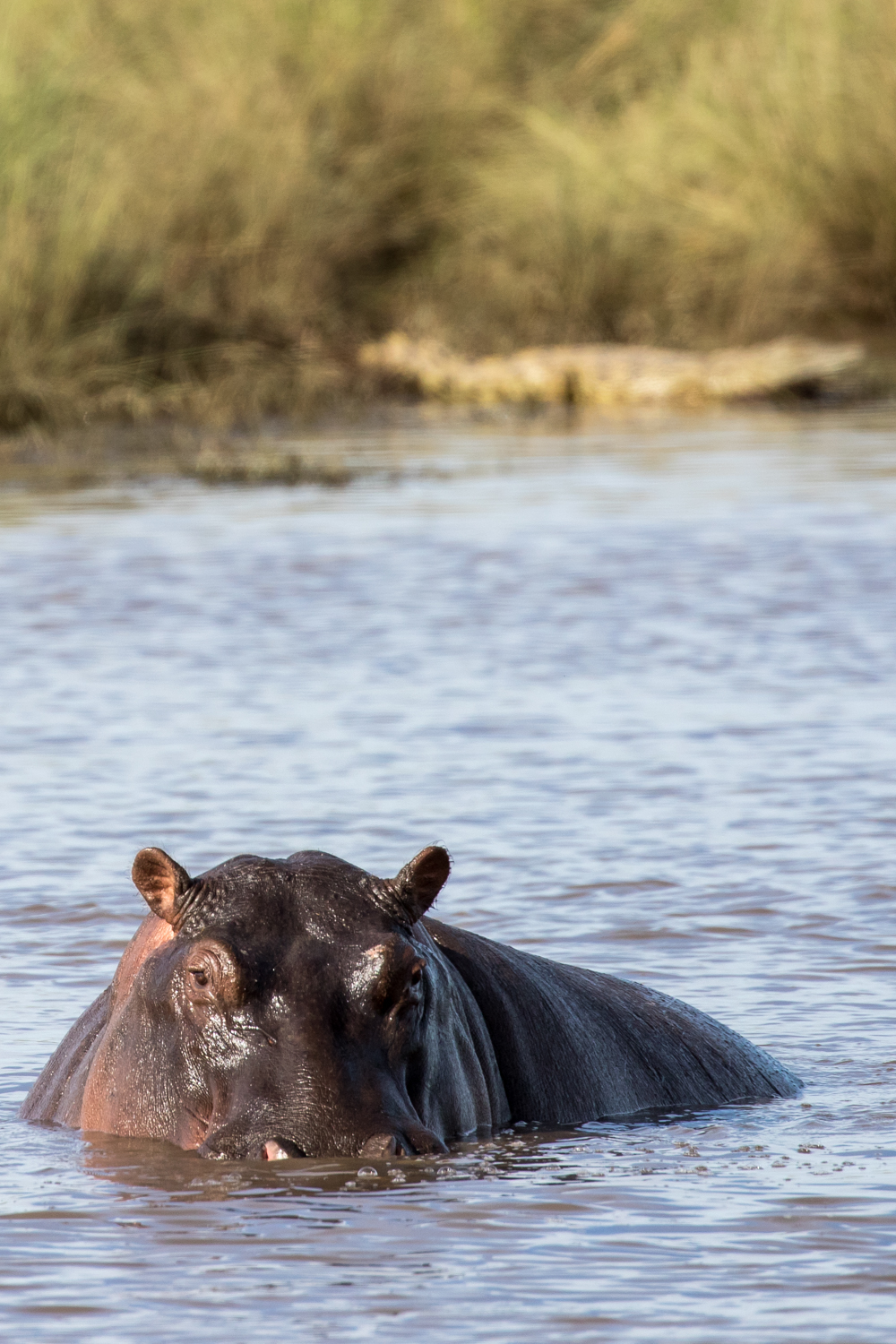
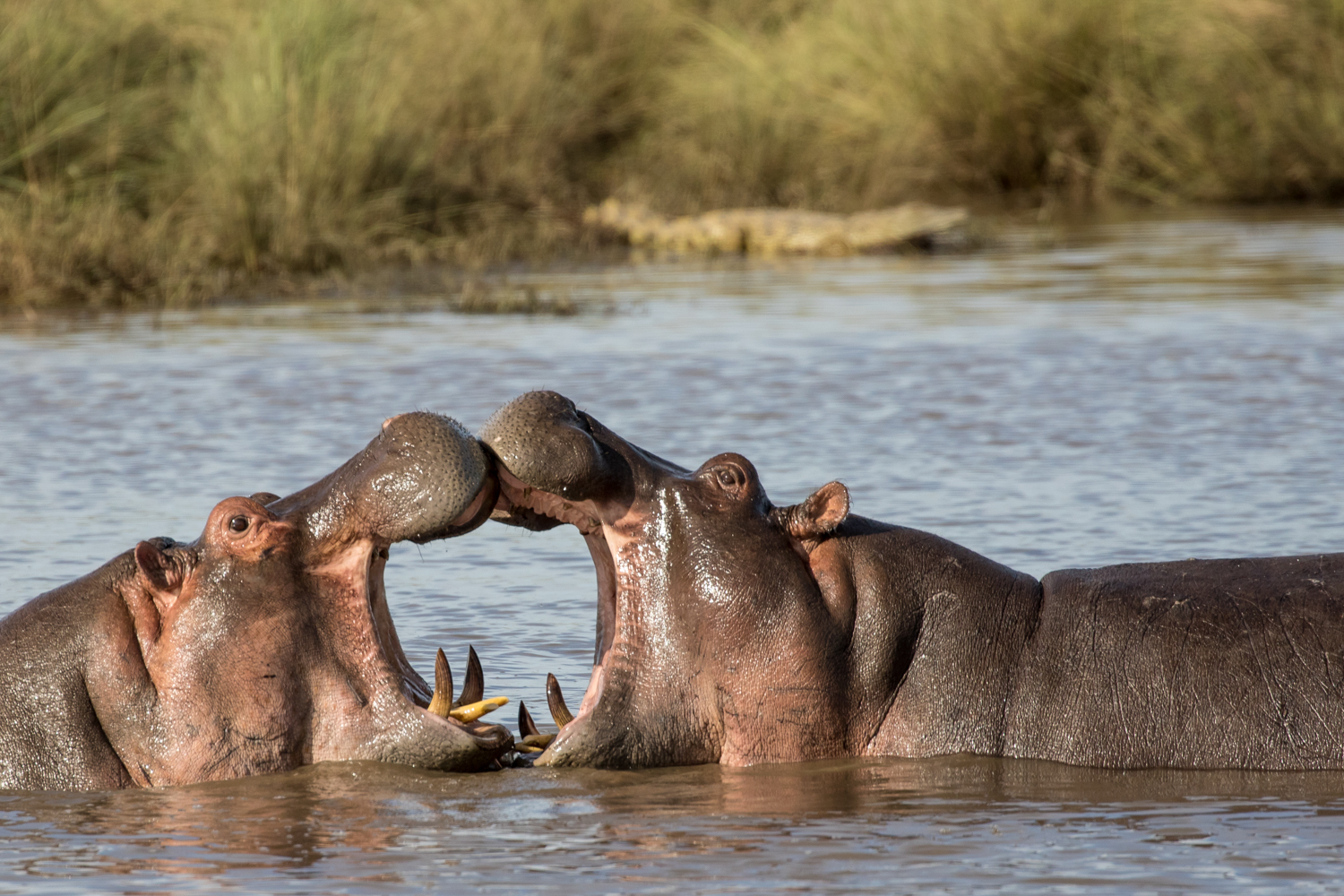
This was a fun opportunity to get the two major aquatic characters in the same frame. I played around a bit with which subject should be in focus and finally decided I preferred the hippo in focus in the foreground, with the out-of-focus crocodile in the background. Even better was when two hippos starting sparring. [both at f 5.6, 1/1250, ISO 200]

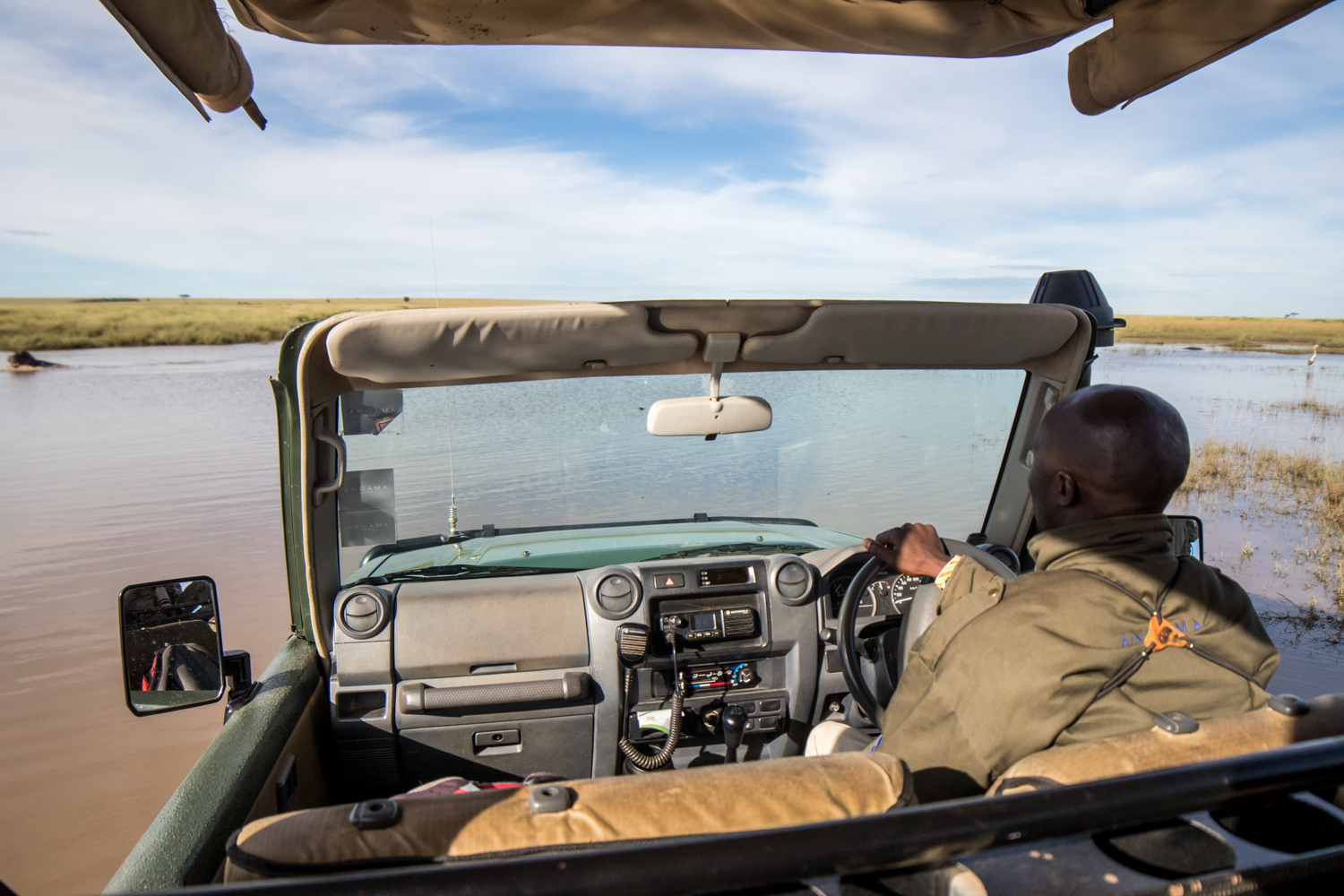
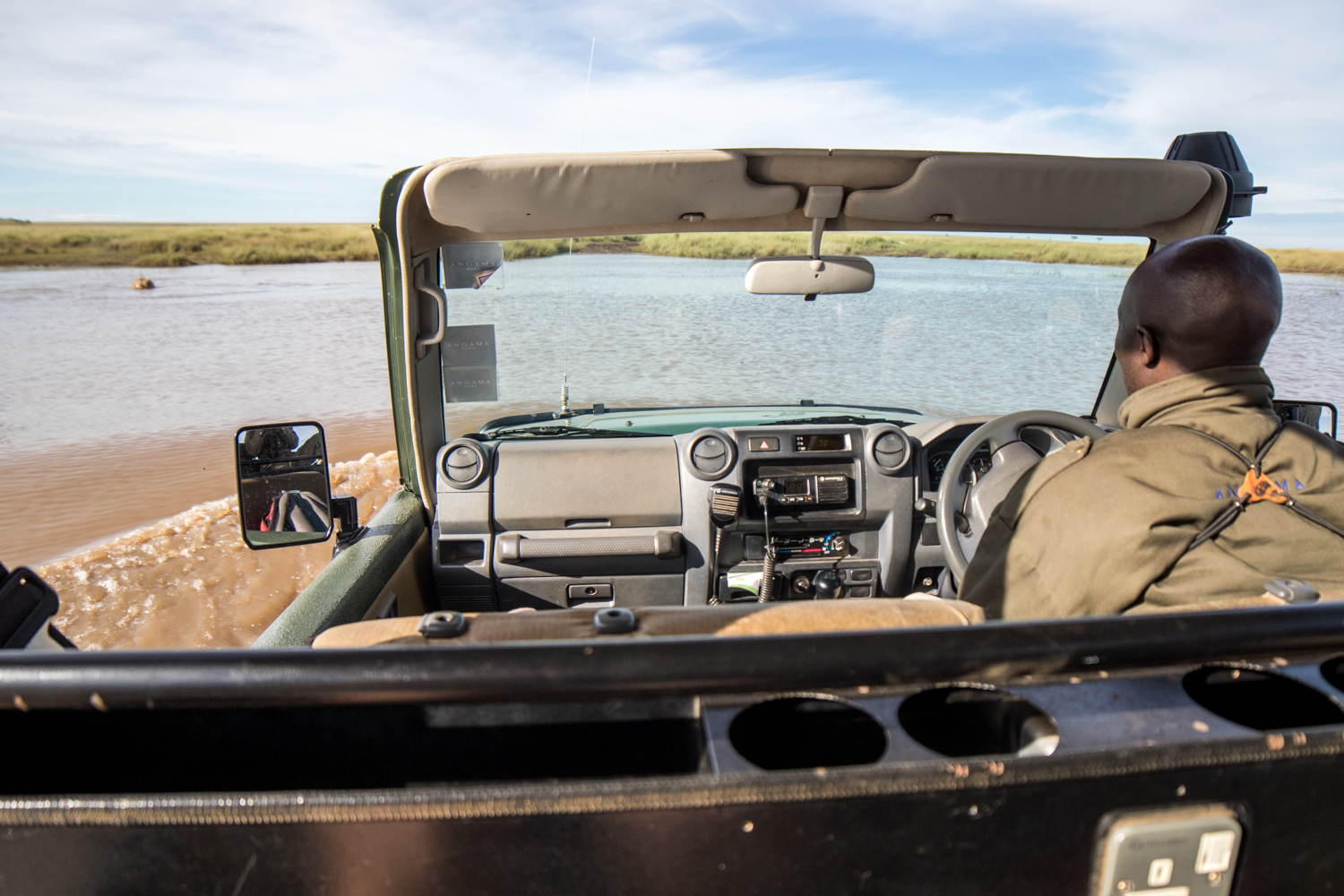

After enjoying observing the hippos (and carefully assessing the crossing), we decided to push ahead and forge the lugga. I had a good time documenting guide Johnny sizing up the situation and tackling the adventure with gusto. To give some perspective of how deep it was (and how rugged our safari vehicles are) my feet got wet in the front row! [f 2.8, 1/5000, ISO 200; f 2.8, 1/5000, ISO 200; f 2.8, 1/2500, ISO 200; f 2.8, 1/6400, ISO 200]

A face only a mother could love . . . and maybe not even then. The backlighting on this Marabou Stork helped accentuate its (unfortunate) features. [f 5.6, 1/500, ISO 200]

This was a very lucky sighting thanks to the keen eyes of guide Daniel Njiriri. As we were driving past this breeding herd of buffalo during one of our training drives, Daniel blurted out “that one’s giving birth!” We stopped just in time to catch the very last moments of the labour; the next shot and the baby had already hit the ground. [f 5.6, 1/1000, ISO 200]
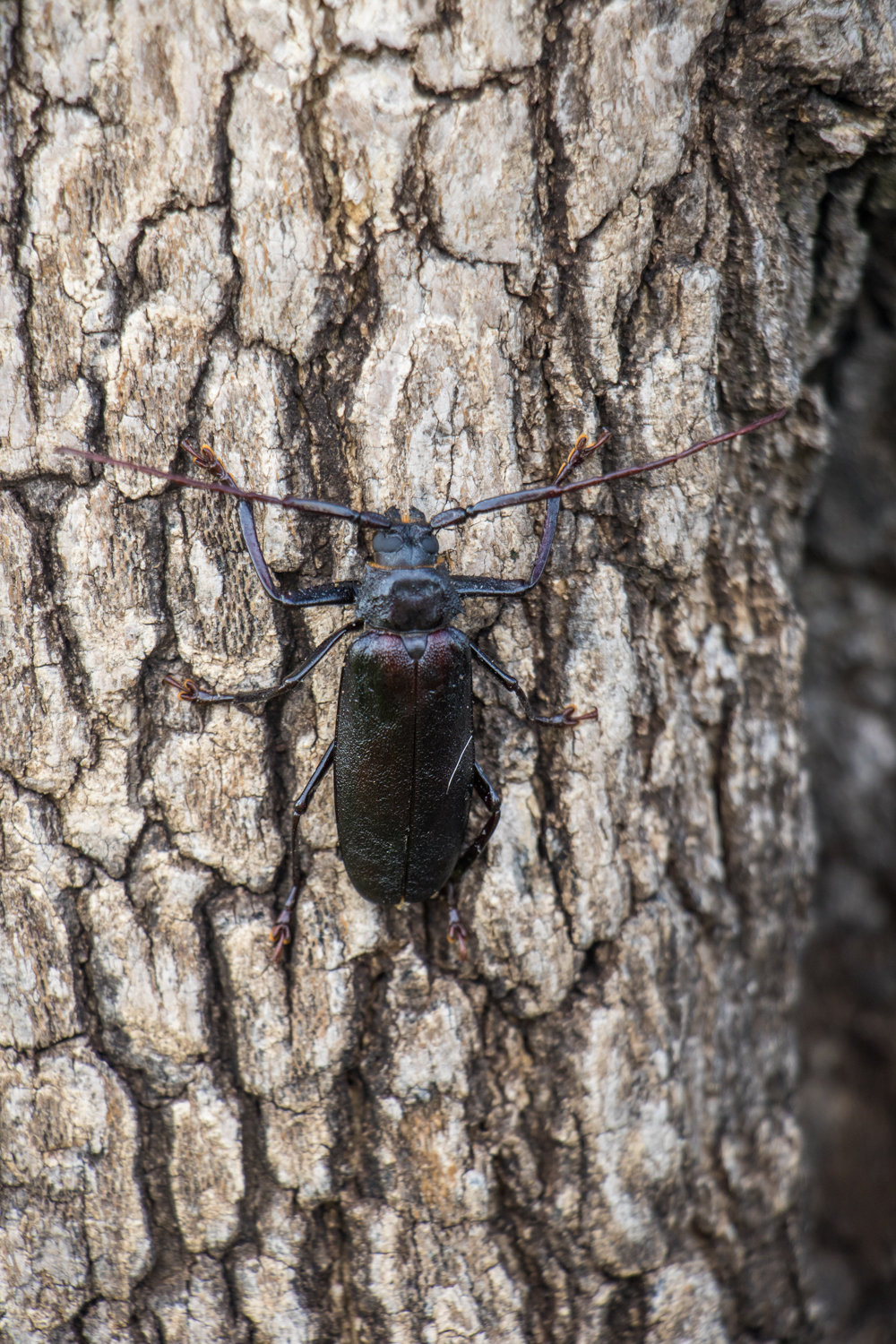

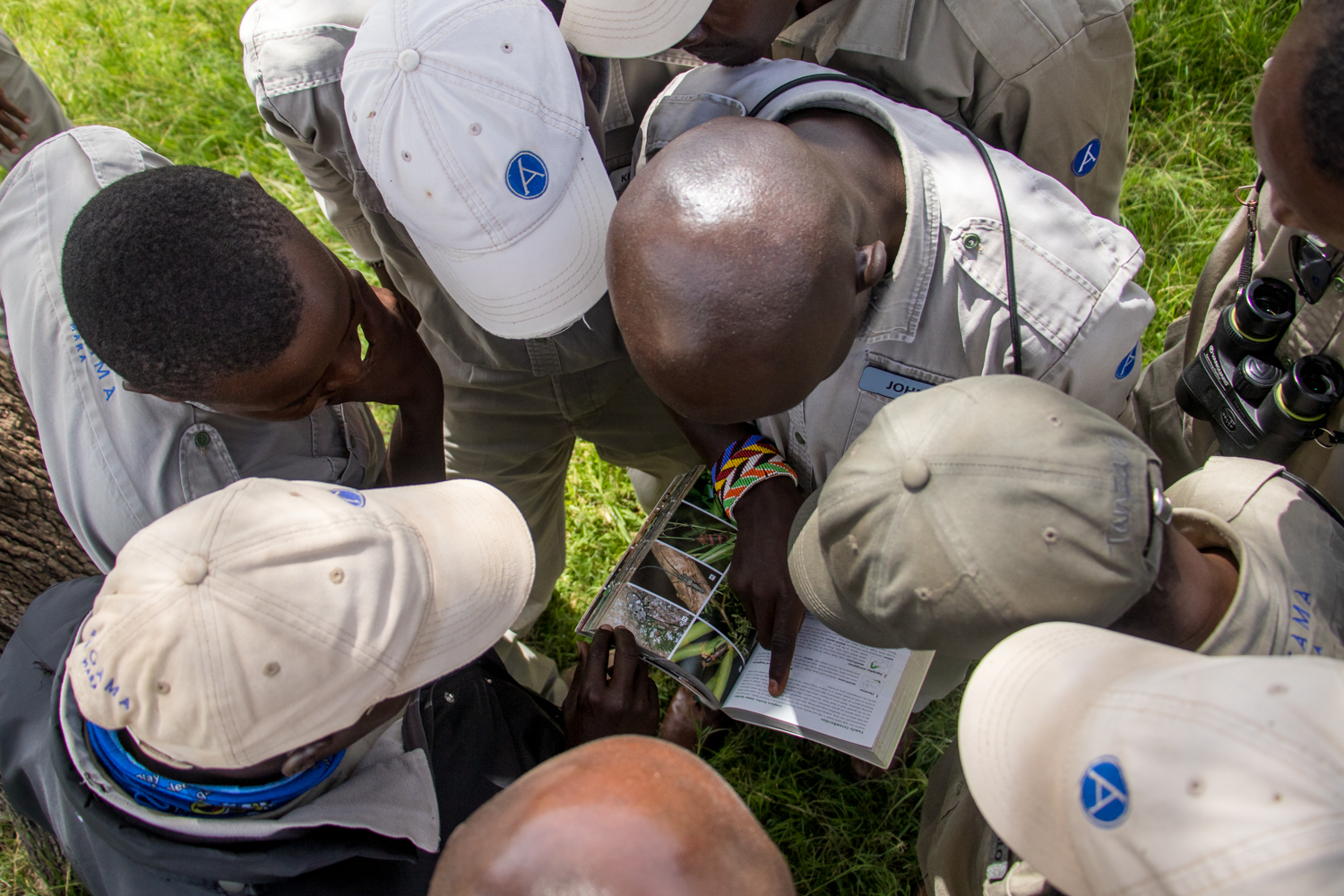
At a picnic breakfast stop during a Guide Training drive, one of the guides discovered this long-horned beetle hiding in the crack of a Balanites tree. Gently coaxing it out for closer inspection allowed the team to study and identify it, and to discuss how something as seemingly lacklustre as a beetle can be woven into the story of the Mara as a fascinating and vital character. [f 5.6, 1/200, ISO 200; f 5.6, 1/200, ISO 200; f 4.0, 1/1600, ISO 200]
TAGGED WITH: Wildlife, Photography, Maasai Mara, Wildlife Photography, Green Season



COMMENTS (3)
Sharon Earp
May 4, 2018Really enjoyed this newsletter, so interesting to see the Mara at this verdant time of the year. Well done for articulating so well the range of wildlife, flora & fauna…it’s inspirational to read, your summary of life, camp life too & stories of the team are wonderful & I congratulate you, it’s incredilby hard work, writing & producing the images. Thankyou.
REPLYNicky Fitzgerald
May 4, 2018Thanks so much for your comments Sharon – it makes doing this every week all the more worthwhile 🙂
REPLYFrancis Bagbey
May 4, 2018Excellent writing , great pictures. Thanks !
REPLY